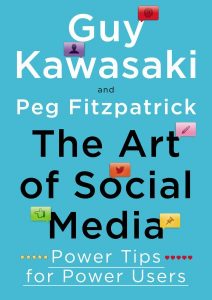Good Grammar Affects the Effect of a Business Blog – Part A

Of the 11 common mistakes bloggers make in their first year, blogger Holly Sutton observes, one of those is making too many spelling and grammar errors.
As a blog content writing trainer, I find, grammar errors are all too common even among experienced bloggers. So, reasoning that social distancing requirements have left many content writers with extra time on their hands, I decided to devote this week’s Say it For You posts to spelling and grammar cleanup hints. (Sure, as Sutton points out, there are editing tools out there, but they don’t catch all the details and don’t really explain the principle behind each change.)
Homonyms are words that sound alike, but mean different things. It’s important to choose the word that says what you meant to say. Otherwise, a goofy mistake can just make you look silly, as Brian Clark of copyblogger.com points out. Confusing homonyms Clark specifically mentions include:
- Your (refers to something you own); you’re is a contraction of “you are”.
- It’s means “it is” – It’s cold outside. Its means belonging to it. Each toy should be put in its proper place.
- Affect is a verb meaning influence. The weather affects my mood. Effect is usually used as a noun meaning “result” – Cloudy weather has a depressive effect on me.
- Lose and loose are not true homonyms, and they are certainly not synonyms, yet too often I see one being used when the other would be correct. Your clothes might be too loose, but you certainly wouldn’t want to lose them accidentally.
- When someone praises us, we appreciate the compliment; a complement is something that matches well with something else, such as an armchair in a color that looks good next to your sofa.
- The principal in an organization or company is the most important person; a principle is fundamental truth or standard.
Amy Mascott, writing in Parents Magazine, names other common homonyms that can be confused, including two threesomes:
- There will be a lot to eat at their house tonight; they’re (they are) buying up all the hot dogs in town.
- We went to the park two nights in a row. Did you go, too?
No doubt about it – in blogging for business, grammar affects the effect!





Follow us online!